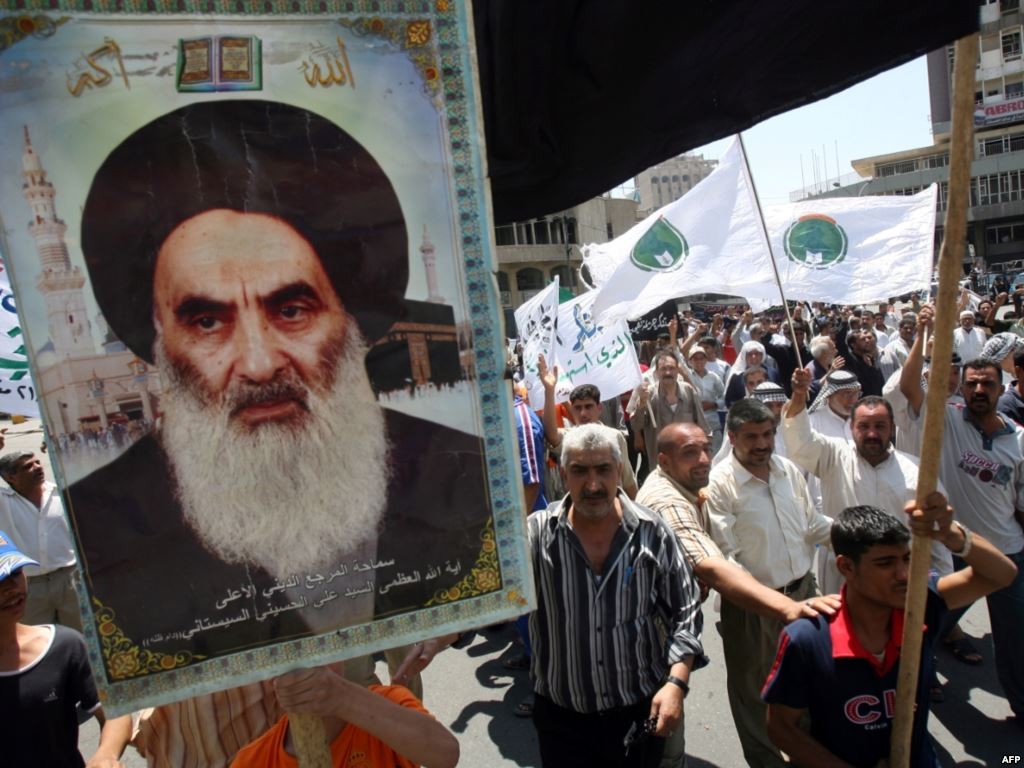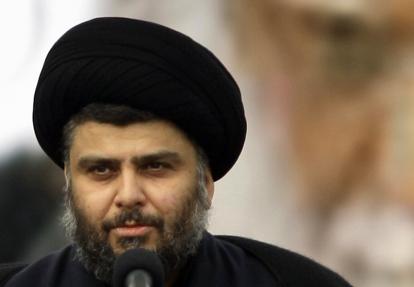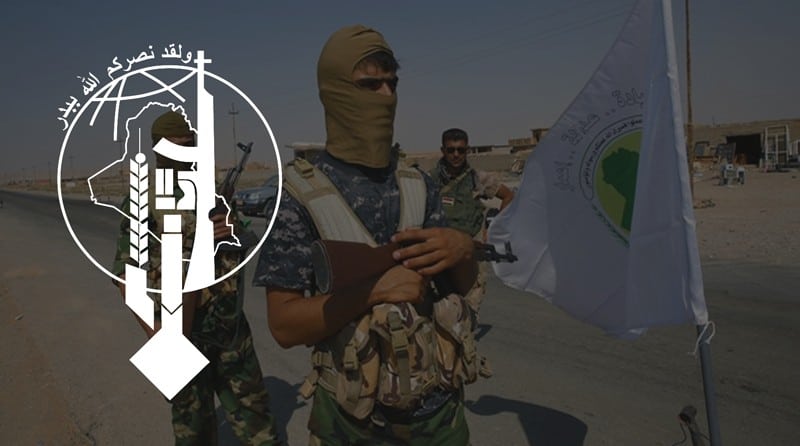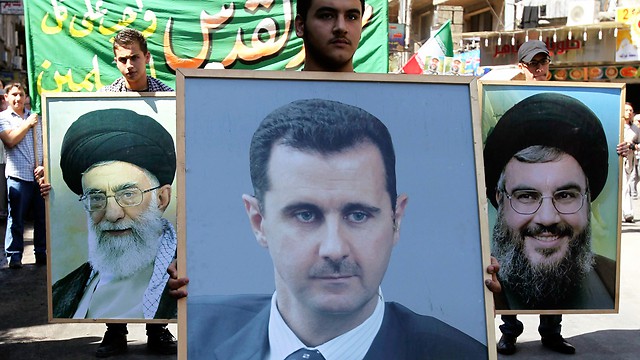Native Iraqi clerics are not the dominant influence in driving Shiites to arms abroad. The militant groups are being developed to support the Iranian ideology of velayat-e faqih, and designed to be loyal to Iran’s vision.
A Faqih is someone specifically trained to understand and interpret Islamic law. Velayat-e Faqih is an ideology that literally translates as “Guardianship of the Faqihs.” Simply put, the ideology holds that the leaders of a polity should be trained experts in Islamic jurisprudence.
There are limited and absolute variations of this idea. Iran’s version of the ideology is an absolutist version, which places all political authority under the ‘guardianship’ of clerics who meet their standards for being properly trained experts in Islamic law. It is in this way that Iran keeps its elected government and population firmly under the control of its Islamic leadership.
Every aspect of life, including the behavior of the elected government, is ultimately under the ‘guardianship’ of some cleric trained in Iran’s vision of the Islamic way of life.

Although Najaf-based Grand Ayatollah Ali al-Sistani was long present in Iran during the reign of Saddam Hussein, he is not thought to believe in absolutist velayat-e faqih. The United States long sought to persuade al-Sistani to take a larger role in stabilizing Iraqi politics during the Iraq war. He was never inclined to the focus on politics that the ideology demands.
Rather, he wanted to focus Islamic thinkers in the Iraqi Shi’ite cities of Najaf and Karbala on the religious life. After the US withdrawal and the outbreak of the Syrian conflict, he did not issue a fatwa permitting Shia volunteers to join a jihad in Syria until after Hezbollah’s May 2013 announcement of its involvement. Even after that, reports indicate that the Islamic authorities in Najaf, of which al-Sistani is the leader, considered “disobedient” anyone who traveled from Iraq to join the war.

Officially, radical cleric Muqtada al-Sadr also opposed travel to Syria to join the jihad there. “None of the parties to the conflict are ethical, neither the extremist opposition nor others,” he said in 2014. “What is happening in Syria is an internal issue and no one is entitled to interfere.” It may be that he was more concerned to protect his own power base within Iraq, as he has been since returning from Iran in 2011 during the Iraq war. Sadr’s relationship with Iran is mixed in spite of his time there.
His faction has clashed with Iranian-backed Badrist forces, and Iran seems to have set up some proxies that use Sadrist imagery but are designed to splinter his faction and capture some of the splinters for their own purposes.
Though Iran gave al-Sadr sanctuary during the Iraq war, and he received Islamic training there, his relationship with its proxy forces has occasionally been bloody. His forces clashed with Badr brigade forces in Karbala, leaving fifty dead. He has also spoken against Iranian proxy group Fay-laq Waad al-Sadiq, which backs absolute velayat-e faqih, saying it is led by “foreigners.”
Several of these splinter groups attempt to bypass Muqtada al-Sadr by appealing to the image of his father, Grand Ayatollah Muhammad Sadiq al-Sadr. Groups such as Asaib Ahl al-Haq (AAH) display pictures of the late Grand Ayatollah, assassinated by Saddam Hussein in 1999, as a way of appealing to members of the Sadrist faction while drawing them out from under Muqtada’s leadership.
AAH funnels many of these Shiites as fighters into Syria. Likewise, it appears that a longtime member of Muqtada al-Sadr’s faction, Qasim al-Tai, has been swayed by Iran to break with his former leader. Al-Tai has since published articles in a major Iranian-maintained online journal, including a prominent one on support for absolute velayat-e faqih. He has also visited Iraqi-born Shiite militants in Syria, and claimed to endorse them in the name of the Sadrist movement.

Under the direction of al-Sistani and his allies the former “Supreme Council for the Islamic Revolution in Iraq” dropped the concept of an Islamic Revolution, and reflagged as merely the Islamic Supreme Council of Iraq. The militant Badr faction broke away from ISCI as a consequence of this rejection of revolutionary Islam.
However, its current leader Jalan al-Din al-Saghir had by 2014 begun visiting Shiite fighters in Syria at Iranian hospital facilities supporting them. After that, a new militant group commanded by one of al-Saghir’s commanders began fighting in Syria.
By October of 2014, al-Saghir was photographed with Qods Force commander Soleimani, and appeared to be steering the Badr Organization towards cooperation with Iranian leadership.

Before and during the Iraq war, the Badr Brigades were the Iran-based military organization supporting the Supreme Council for the Islamic Revolution in Iraq.
After the disassociation of that council from Islamic revolution, the Badr Organization broke away and remained militantly devoted to the ideology of velayat-e faqih. The Badr Brigades were substantially absorbed by the Iraqi army during the late stages of the Iraq war, giving Iran a strong hand within some units of that army.
The Badr Organization’s militia are often Iraqis, but are generally commanded by Iranian officers. After al-Saghir’s former security force commander died fighting in Syria, he was posthumously inducted into the Badr Organization and buried with its regalia.

Iran’s leader Khamenei has not, to date, issued a public fatwa calling for jihad in Syria.
There are reports of religious orders called taklif sharii being issued by Khamenei to Hezbollah and other Iranian proxies directing them in the conflict, but their specific contents have not become public.
Clerics under Khamenei’s authority have issued issued public fatwas, however. Ayatollah Kadhim al-Husseini al-Haeri, a supporter of absolute velayat-e faqih, issued a fatwa justifying a Shiite jihad in Syria and calling foes of that jihad “infidels.” This fatwa was timed to occur with the Ashura Hussein Offensive in Damascus.
The presence of absolute velayat-e faqih is a strong indicator that a Shiite organization, though apparently Iraqi or Syrian, is in fact an Iranian proxy.
This absolutist ideology is the method that Iran uses to keep control of its own government and population.
Spreading the ideology is a means by which they hope to extend their Islamic revolution across the entire Middle East. Expanding militias devoted to this ideology is an important part of that approach.
Qassem Suleimani is the commander of Quds Force, the elite faction of Iran’s Revolutionary Guards, is a veteran of decades…
Iran has long influenced the Middle East through the deployment of short ranged rockets and rocket artillery. They represent an…